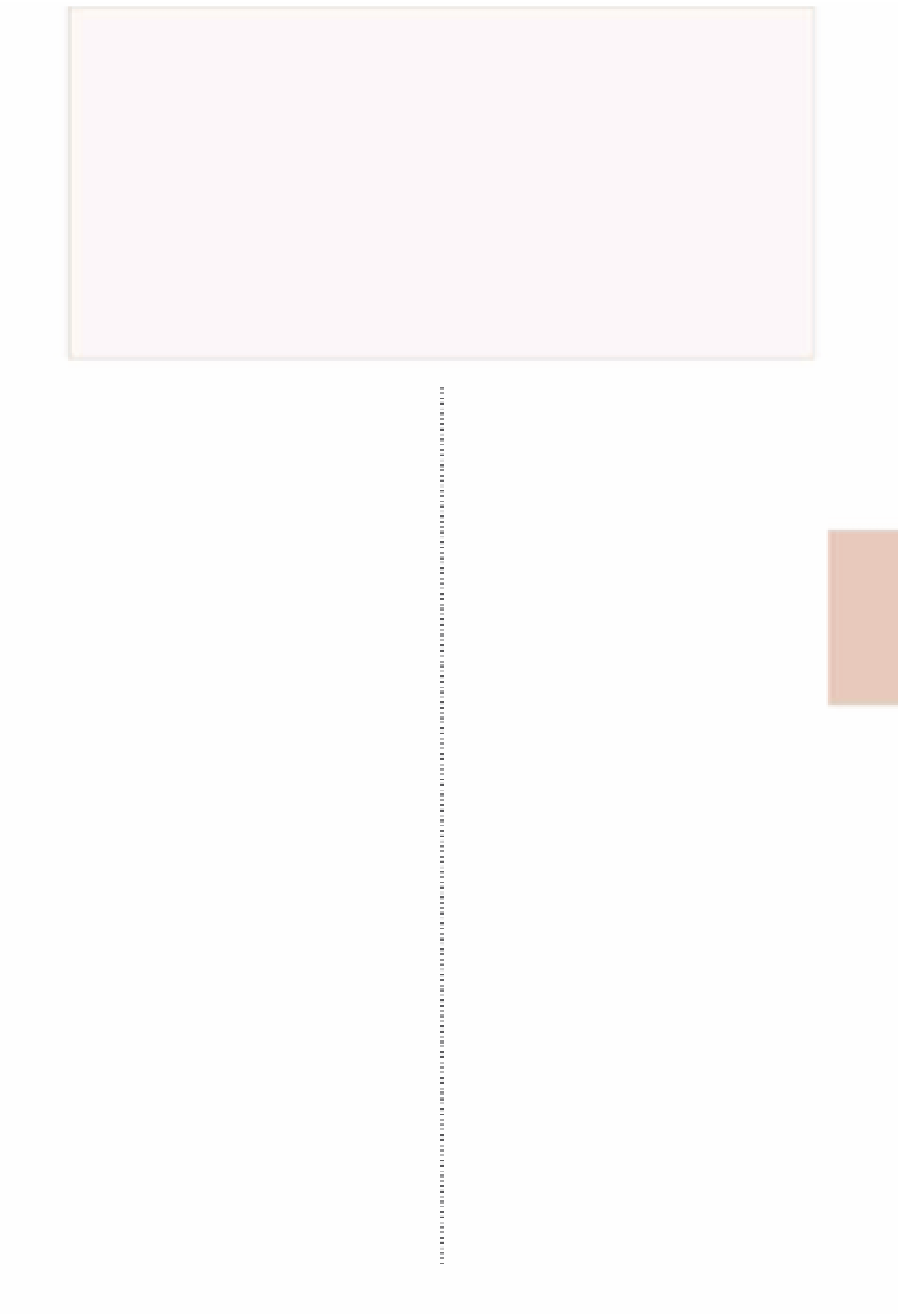Travel Reference
In-Depth Information
THE PASOLA
By far the best-known and most dazzling festival in Nusa Tenggara, the
Pasola
is one of those
rare spectacles that actually surpasses all expectations. It takes place in
Kodi
and
Lamboya
in
February and in
Wanokaka
and
Gaura
in March; most hotels can give you a rough idea of the
date. This brilliant pageant of several hundred colourfully attired, spear-wielding horsemen in
a frenetic and lethal pitched battle is truly unforgettable. It occurs within the first two moons
of the year, and is set off by the mass appearance of a type of sea worm which, for two days a
year, turns the shores into a maelstrom of luminous red, yellow and blue. The event is a rite to
balance the upper sphere of the heavens and the lower sphere of the seas. The Pasola places
the men of each village into two teams in direct opposition; the spilling of their blood placates
the spirits and restores balance between the two spheres. The proceedings begin several
weeks before the main event, with villagers hurling abuse and insults at their neighbours in
order to get their blood up. The actual fighting takes place on special Pasola fields where the
battle has been fought for centuries.
DIRECTORY
Banks
The BNI bank at the junction of Jl A Yani and
Jl Sudirman and the BRI bank on Jl Gajah Mada both
change money and have ATMs.
Internet
In the Telkom o
ce, a few hundred metres
south of the bus station.
Post o
ce
Jl Bhayangkara 1, just west of the BNI bank
(Mon-Thurs 8am-2pm, Fri 8-11.30am & Sat 8am-1pm).
roofs and mossy stone tombs dot the
surrounding countryside, some only a
short walk away. he
Homestay Stori
(no
tel; full-board only, Rp150,000) offers
basic rooms, which can get stuffy at night.
here are a lot of mosquitoes and no nets
are provided, so come prepared. he main
surfers' beach, a desolate long stretch where
high waves crash onto the steeply sloping
sand, is to the right, but the currents and
undertow are ferocious. here's a more
sheltered beach to the left over the river,
with a vantage point above for local crowds
to gather and gawp as you swim.
4
KODI AND PERO
In the extreme west of Sumba lies the
increasingly popular Kodi district. Its
centre is the village of
Bandokodi
, well
known for the towering roofs that top
its traditional houses. It is also one of
the main
Pasola
venues in west Sumba
(see box above). With your own
transport, you can explore the area from
Waikabubak, or you can stay in Pero
(see below). here are direct buses from
Waikabubak to Bandokodi, but they can
be hard to find; it's easy enough to take a
bus to
Waitabula
in the north and then
connect to a Kodi service, which should
take you all the way to Pero - check the
price with a local, as drivers optimistically
overcharge travellers. Direct buses back to
Waikabubak leave Pero around 6am
- you should be able to connect back to
Waingapu the same day if necessary.
Kalimantan
Dense tropical jungle, murky village-
lined rivers teeming with tra
c and with
wildlife so abundant it becomes the
norm, jungle-cloaked Kalimantan appeals
to those looking to venture into
undiscovered territory. Occupying the
southern two-thirds of the island of
Borneo, Kalimantan remains largely
untouched by tourism. With few roads,
the interior's
great rivers
are its highways
and a trip up one of them will give you
a taste of traditional Dayak life and
introduce you to lush areas of dense
jungle. More intrepid explorers can spend
weeks on end navigating their way
through seldom-ventured parts, and a
visit to one of the national parks could
bring you face to face with wild
orang-utans
(see box, p.321). he urban
Pero
he only place to stay in Kodi is
PERO
, a
seaside village with a solitary losmen. he
village is not constructed in traditional
Sumbanese style, but has a quiet charm.
Numerous kampung with teetering high



































Search WWH ::

Custom Search